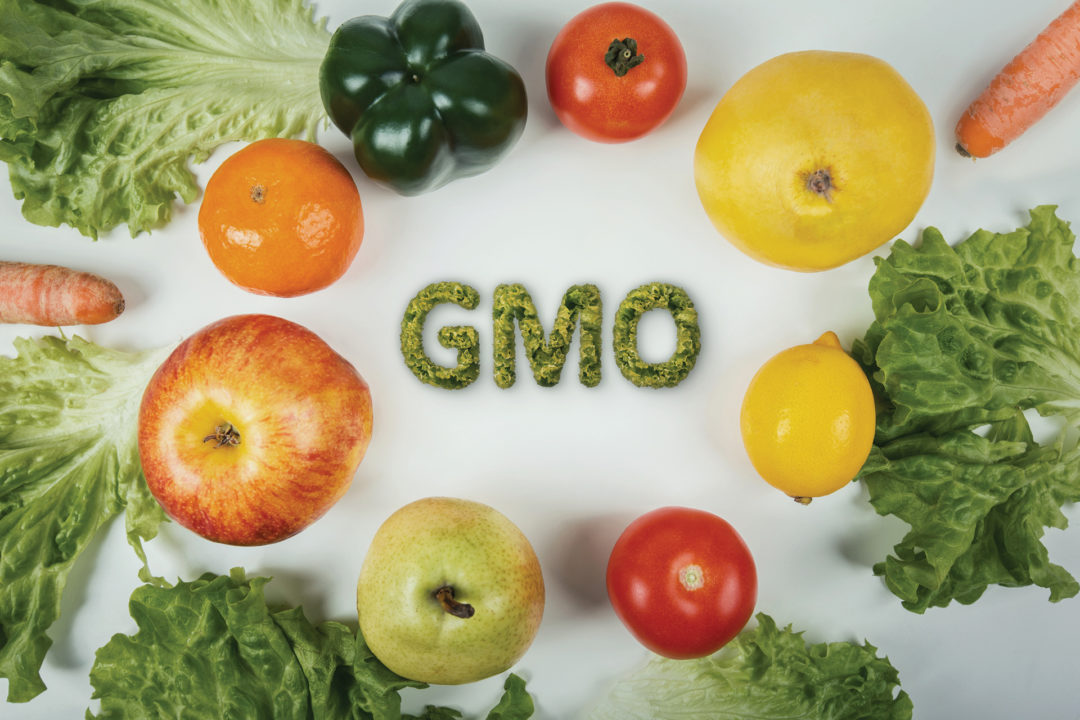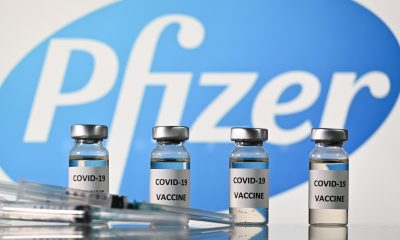Agribusiness
Rebuttal of claims on safety, benefits of GM crops
Published
3 weeks agoon

In recent times we have seen various examples of green activists “coming out” as GMO-proponents, arguing that GMOs are safe and have multiple benefits: reduced pesticide use, higher income for farmers, contributing to food security, and reduced greenhouse gas emissions.
As an essential part of their discourse, organisations that continue to reject GMO technology are depicted as old-fashioned and as acting in contradiction to their own aims.
But there are many fundamental flaws in the argumentation they are putting forward. In a guest article, Claire Robinson of GMWatch rebutts many of the claims made by those green activists who have recently come out as GMO-proponents.
There are many fundamental flaws in the argumentation they are putting forward. Claire Robinson of GMWatch, at the request of Corporate Europe Observatory, has written a rebuttal of many of the claims made by these newly converted GMO proponents.
Stijn Bruers’ article starts with an appeal to authority in claiming GMOs are safe, that doesn’t stand up to scrutiny.
He cites a number of respected scientific organisations, including the American Association for the Advancement of Science, the American Medical Association, and the United States National Academy of Sciences, which, he implies, concur that GMOs are safe.
“The safety of GMO foods and feed is controversial due to limited available data, particularly for long-term nutritional consumption and chronic exposure. Food safety is a major issue in the GMO debate… The concepts and techniques used for evaluating food and feed safety have been outlined… but the approval process of GM crops is considered inadequate.”
The RSC added that the “default prediction” for every GM food should be that the introduction of a new gene would cause unanticipated changes, such as the production of new allergens.
READ ALSO: GMO crops will render Africa farmers more reliant on multinational corporations
The review by Nicolia and colleagues cited by Bruers is widely used to argue that over 1700 studies show GM foods and crops are safe. However, the studies cited in the Nicolia review and supplementary materials, taken as a whole, do not show that GMOs are safe and some of the studies provide evidence of risk or actual harm from GMOs.
The majority of the articles in the list of 1700 are irrelevant or tangential to assessing the safety of commercialized GM foods and crops for human and animal health and the environment.
The list contains many animal production studies, often performed by GM companies on their own products. These do not examine in detail the health impacts of GM feed but look at aspects of animal production of interest to the food and agriculture industry, such as weight gain and milk production.
While such studies provide the agriculture industry with useful information about whether an animal fed on the GMO will survive to slaughter age and deliver an acceptable meat or dairy product, they are usually short-term in comparison to the animal’s natural lifespan and provide no detailed information about the health of the animal.
Many of these studies are performed on animals such as cows, fish, and chickens. The digestive systems and metabolic functioning of these animals differ significantly from those of humans. Thus these studies are unlikely to provide useful information on human health risks.
The list includes some studies that are relevant to GMO safety and show actual or potential hazards of the GMO to health or the environment. The Nicolia review authors ignore or dismiss these findings without sound scientific justification. They also ignore evidence contradicting key assumptions upon which regulators have based their conclusions that GMOs are safe and major controversies over the interpretation of scientific findings on GMOs.
Nicolia and colleagues also omit important studies that demonstrate hazards related to GMOs. They use unscientific justifications for ignoring or dismissing important papers, including their arbitrary decision to include only studies published in the ten years since 2002.
READ ALSO: Preserving Africa’s Food Security: Navigating Concerns Over GMOs and Hybrid Seeds
In order to balance the scientific evidence based on GM crops, funding for GMO risk research should be available to independent scientists – but it is notoriously hard to get. Companies and most governments are not motivated to pursue such research.
Only one country in the world – Norway – has a research organization that is dedicated to looking at GMO risks. It may be no coincidence that Norway does not have an agribusiness lobby.
While study funding should always be scrutinized for conflicts of interest, there is no greater conflict of interest than the manufacturer/developer of a product sponsoring and controlling the safety research on its own product – which is the situation with GMOs and pesticides.
These products are approved on the basis of studies commissioned by the manufacturer. In the case of pesticides, the studies are kept hidden from the public and independent scientists and so cannot be examined.
Regarding claims about lower production costs of GM crops, the data on relative costs of production are also problematic.
They are confused by many variables such as chemical input use, pest pressure in the particular years concerned, subsidies given to farmers for growing certain crops, seed costs (which are often manipulated by seed companies to open up markets for favoured products), and irrigation.
Since the introduction of GM Bt cotton into India, there has been a fierce debate about its performance.
Some claim it has delivered higher yields and improved farmer income, while others claim it has suffered widespread failure and led to farmer suicides. The main difficulty in resolving the argument is that good comparative data on Bt and non-Bt cotton performance do not exist.
Trending

 Featured6 days ago
Featured6 days agoAGAIN! Another Commissioner resigns in Rivers

 Aviation1 week ago
Aviation1 week agoKeyamo engages Air France-KLM, advocates affordable low fare offers

 News4 days ago
News4 days agoYahaya Bello’s Wife, Amina Oyiza Bello disqualified from being appointed Judge

 Business4 days ago
Business4 days agoMTN Group CEO canvasses regulatory harmony across Africa

 Featured1 week ago
Featured1 week agoAnambra State gets new Police Commissioner

 Crime6 days ago
Crime6 days agoUpdate: I was kidnapped, laced with explosives to rob bank – Plateau suspect

 Covid-194 days ago
Covid-194 days agoPfizer apologises for violating regulatory codes, illegally promoting COVID-19 vaccine

 Health & Fitness4 days ago
Health & Fitness4 days agoEnergy drinks can lead to serious heart issues in kids, teens, health experts say




